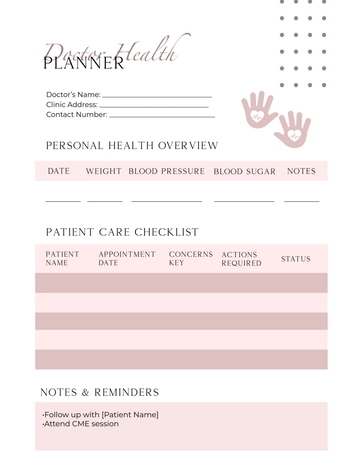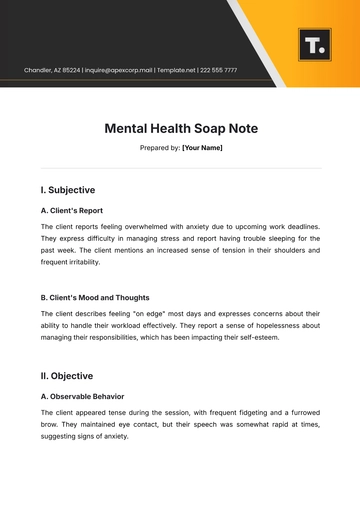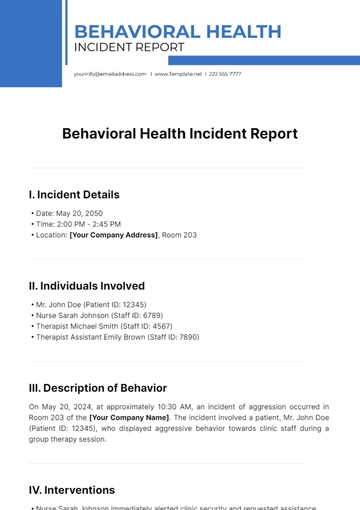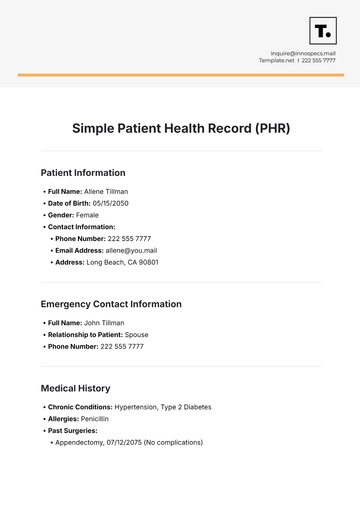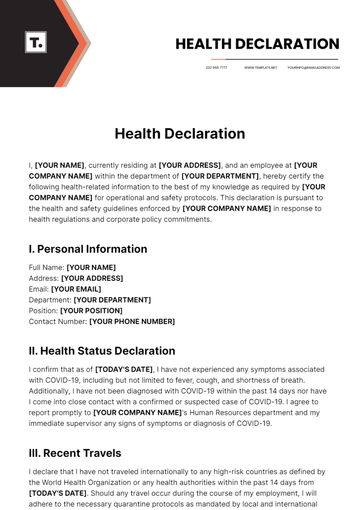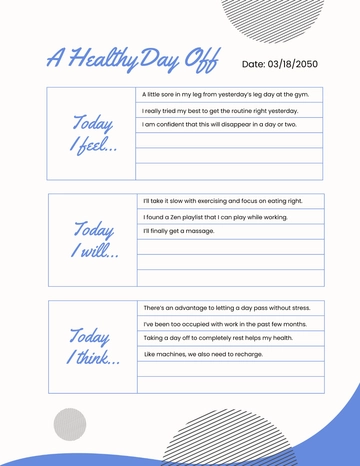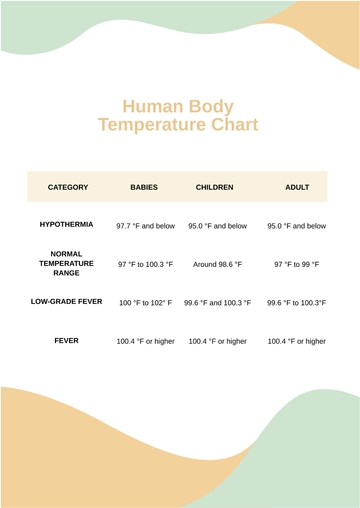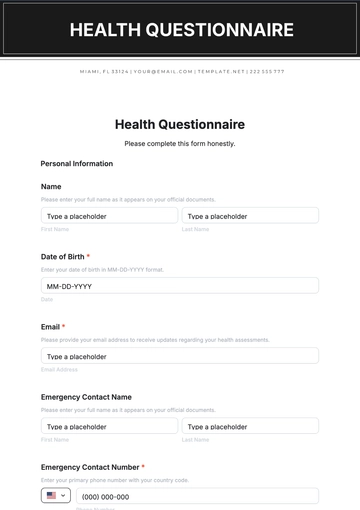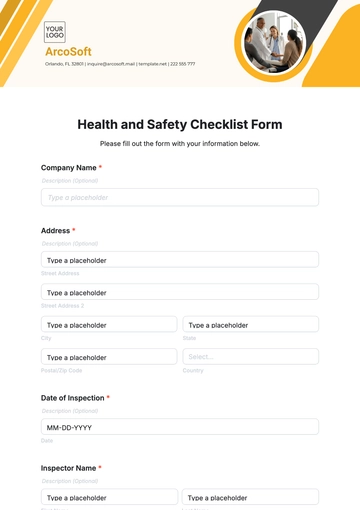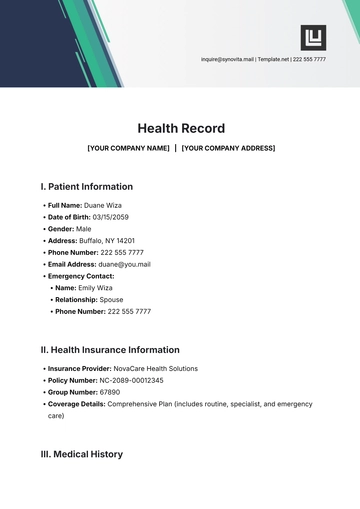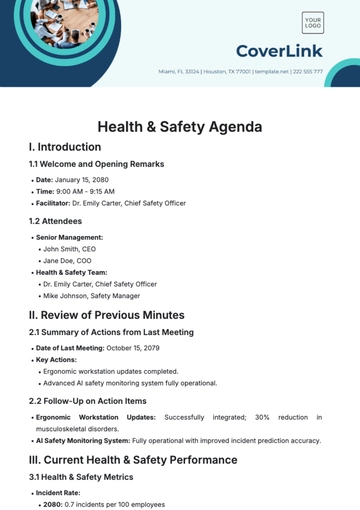Free Mental Health Case Study

This case study was conducted by [YOUR NAME]. This is made under the organization, [YOUR COMPANY NAME]. This detailed account serves to enhance the understanding and application of mental health assessment, diagnosis, treatment planning, and therapeutic interventions within educational settings.
I. Introduction
This case study presents a comprehensive analysis of the clinical decision-making process involved in developing a personalized treatment plan for a middle-aged woman experiencing depression. Through this case, mental health professionals can gain insights into individualized intervention strategies and the importance of adapting treatment approaches to meet clients' unique needs.
II. Objectives
Implement evidence-based therapeutic interventions to alleviate depressive symptoms and enhance the client's overall well-being.
Utilize trauma-focused therapy modalities to process past trauma and develop healthy coping strategies, aiming to reduce associated distress and impairment.
Foster client and mental health professional collaboration to establish treatment goals and interventions, enhancing functioning and promoting long-term recovery.
III. Client Background
Attribute | Details |
|---|---|
Name | [CLIENT NAME] |
Age | [AGE] |
Occupation | [CLIENT OCCUPATION] |
Background | [CLIENT NAME] is a divorced mother of two teenage children. She reports a history of childhood trauma and has been experiencing chronic stress due to work-related demands and familial responsibilities. |
Psychosocial Context | [CLIENT NAME] lives alone with her children and lacks a strong support network outside of immediate family members. |
IV. Presenting Concerns
[CLIENT NAME] presents with symptoms consistent with major depressive disorder, including persistent sadness, loss of interest in activities, fatigue, and feelings of worthlessness. She reports difficulty sleeping and concentrating, along with significant impairment in her ability to fulfill her roles as a mother and teacher.
V. Assessment
Aspect | Details |
|---|---|
Assessment Components |
|
Findings |
|
VI. Diagnosis
[CLIENT NAME] was diagnosed with major depressive disorder based on DSM-5 criteria, considering the presence of depressed mood and anhedonia lasting for more than two weeks, along with associated symptoms causing clinically significant distress and impairment.
VII. Treatment Planning
A. Treatment Goals:
Alleviate depressive symptoms and improve [CLIENT NAME]'s overall functioning.
Address underlying trauma and develop healthy coping strategies.
B. Treatment Modalities:
Cognitive-behavioral therapy (CBT) to address negative thought patterns and behavioral activation techniques to increase engagement in rewarding activities.
Eye Movement Desensitization and Reprocessing (EMDR) therapy to process past trauma and reduce associated distress.
C. Collaborative Approach:
[CLIENT NAME] actively participated in setting treatment goals and expressed preferences for psychotherapy over medication.
VIII. Therapeutic Interventions
CBT sessions focused on identifying and challenging maladaptive thoughts, incorporating cognitive restructuring techniques to promote more adaptive thinking patterns.
Behavioral activation strategies were employed to gradually reintroduce pleasurable activities into [CLIENT NAME]'s routine, enhancing her sense of accomplishment and satisfaction.
EMDR therapy targets specific traumatic memories, facilitating reprocessing and desensitization to reduce their emotional intensity and associated symptoms.
IX. Progress and Outcomes
Throughout twelve CBT sessions and eight EMDR sessions, [CLIENT NAME] demonstrated significant improvement in depressive symptoms.
She reported a reduction in feelings of sadness and hopelessness, along with improvements in sleep quality and overall functioning.
[CLIENT NAME]'s children and colleagues also observed positive changes in her mood and behavior.
X. Discussion
This case underscores the importance of individualized treatment planning and the integration of evidence-based interventions to address the complex needs of clients with depression and trauma histories. It highlights the effectiveness of a collaborative approach in fostering client engagement and treatment adherence.
XI. Conclusion
Through the clinical decision-making process outlined in this case study, mental health professionals can gain valuable insights into tailoring treatment approaches to meet the unique needs of clients experiencing depression and trauma. By integrating various therapeutic modalities and actively involving clients in the treatment process, clinicians can optimize outcomes and promote long-term recovery.
XII. References
[List of relevant references and resources cited in the case study.]
Prepared By:
[Your Name]
[Your Company Name]
[Date]
- 100% Customizable, free editor
- Access 1 Million+ Templates, photo’s & graphics
- Download or share as a template
- Click and replace photos, graphics, text, backgrounds
- Resize, crop, AI write & more
- Access advanced editor
Explore mental health narratives with Template.net's Mental Health Case Study Template. Ideal for therapists and mental health professionals, this editable and customizable template offers a structured format for your case studies. Utilize our Ai Editor Tool to tailor your content seamlessly, ensuring your mental health case studies convey empathy and insight effectively.


